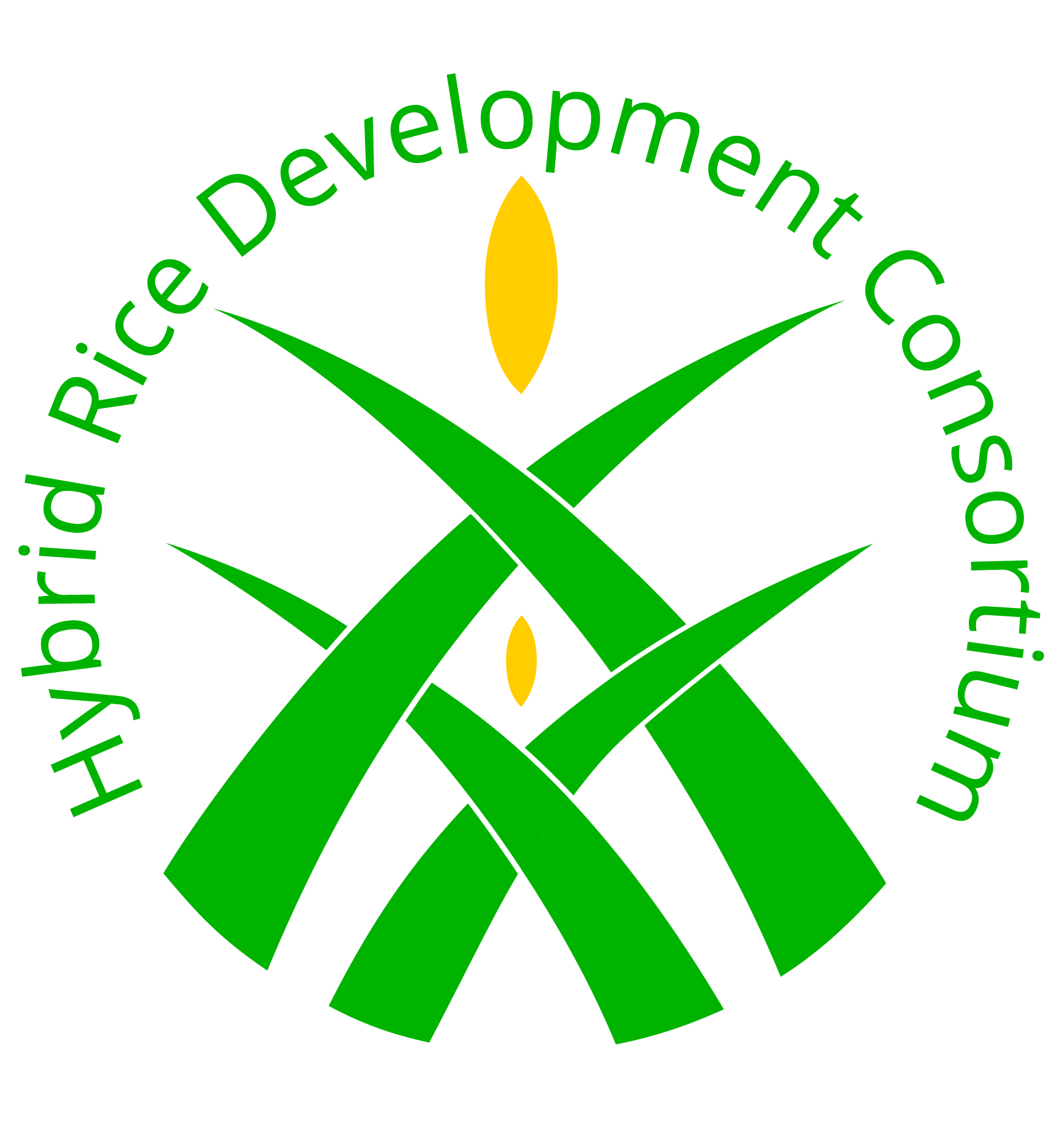By 2020, the Philippines could be self-sufficient in rice. But with shrinking lands, climate change, and other challenges, the plan to be self-sufficient by 2020 can only be fulfilled by using modern agricultural strategies like hybrid rice. Learn more about IRRI’s work on hybrid rice.
Other news items
SunStar: Recovering rice production using hybrid rice seeds pushed
BACOLOD - The Office of the Provincial Agriculturist (OPA) banked on rice farmers using hybrid seeds to recover reduction in yield brought by effects of climate change as well as calamities and pest infestation this year. Read...
The Nation: High-yielding hybrid rice area to cross 50 percent in three years
LAHORE - High yielding hybrid rice area is going to cross 50 percent in three years from present 25 to 30 per cent paddy coverage, yielding additional two million tons output, said Shahzad Ali Malik, Chief Executive Officer of Guard Rice Research & Services Pvt...
PDI: Bayer bolsters hybrid rice production in PH
As the government aims to reach rice self-sufficiency next year, agricultural company Bayer Philippines Inc. is set to inaugurate a newly installed seed processing unit within its plant in Canlubang, Laguna, next week to increase the production of hybrid rice seeds in...
Symposium tackles Indonesia hybrid rice opportunities
Yogyakarta, Indonesia – The International Rice Research Institute (IRRI) and the Indonesian Agency for Agricultural Research and Development (IAARD), Department of Agriculture brought together key stakeholders in a 3-day conference to tackle solutions toward...
Indonesia to host IRRI-IAARD hybrid rice conference
The International Rice Research Institute (IRRI) and the Indonesian Agency for Agricultural Research and Development (IAARD) will bring together key stakeholders in a 3-day conference to showcase newest solutions toward addressing hybrid rice adoption challenges in...
